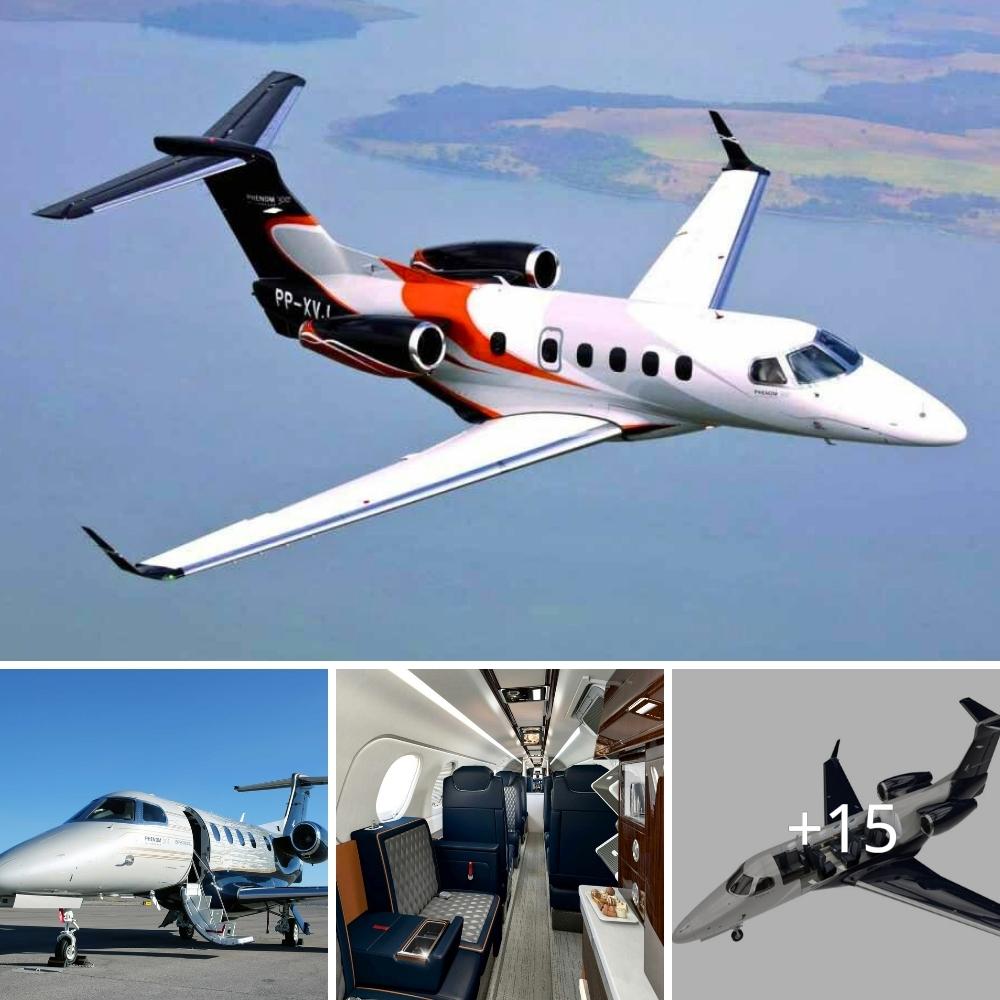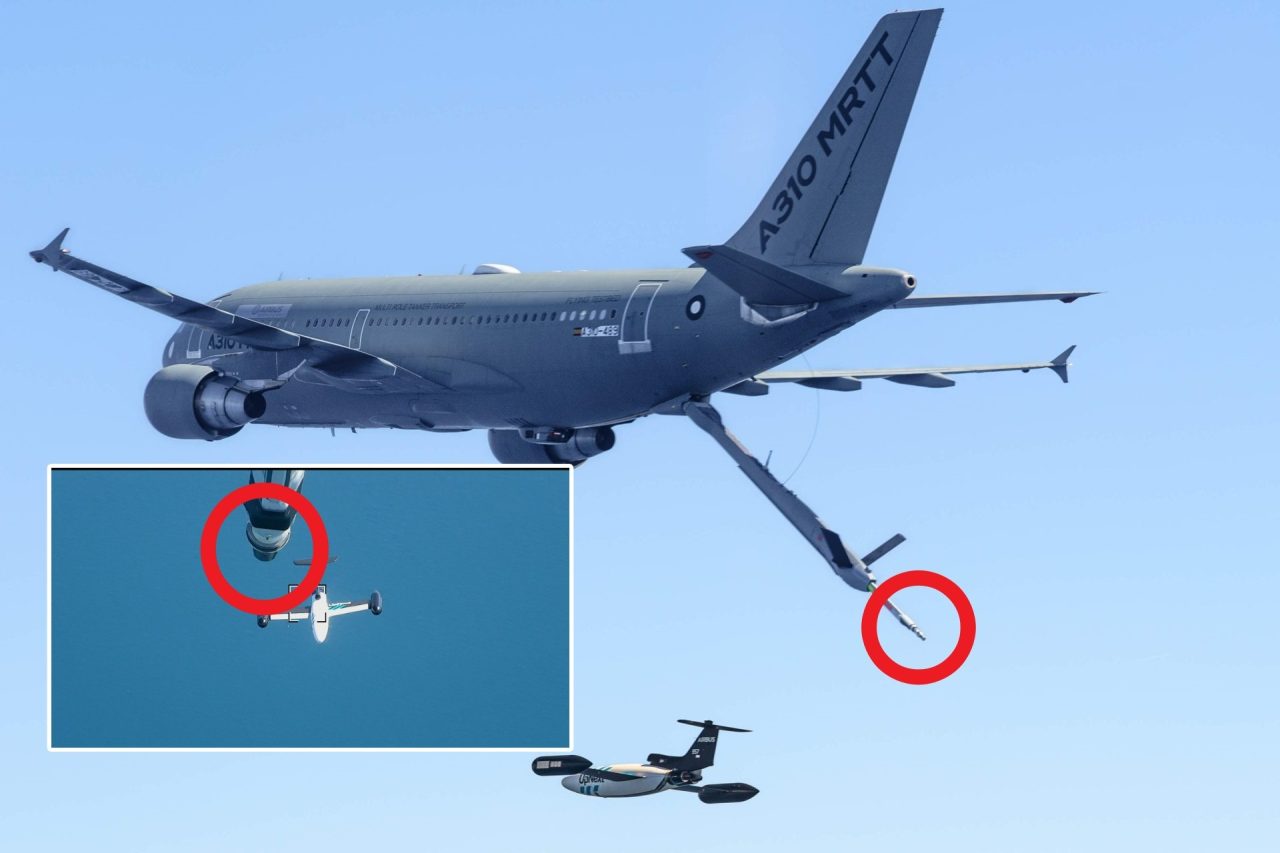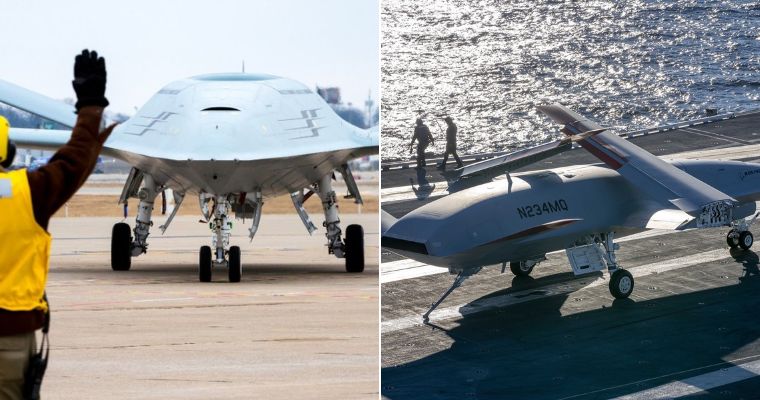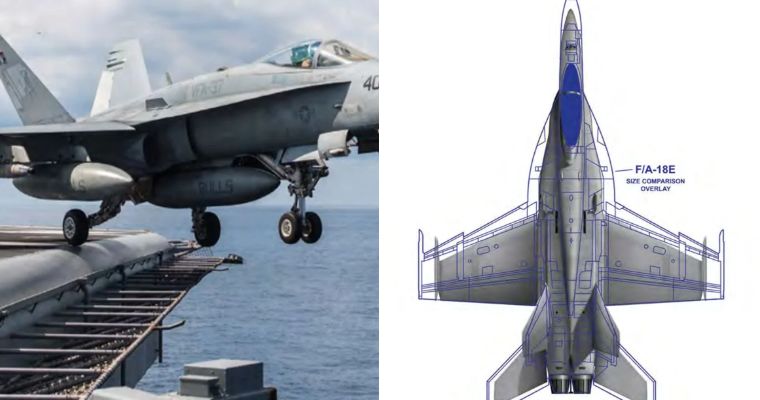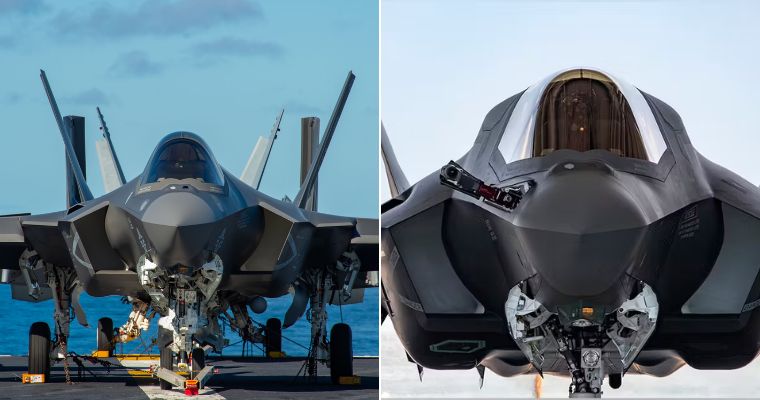The aerospace industry is constantly striving to push the boundaries of aviation technology, and one area that has long been a challenge is supersonic flight. While the Concorde, a pioneering supersonic passenger jet, captured the world’s imagination with its incredible speed, it was plagued by one major drawback—the sonic boom. The loud and disruptive sonic boom created by the Concorde as it broke the sound barrier was not only a nuisance for those on the ground, but it also posed potential damage to structures.
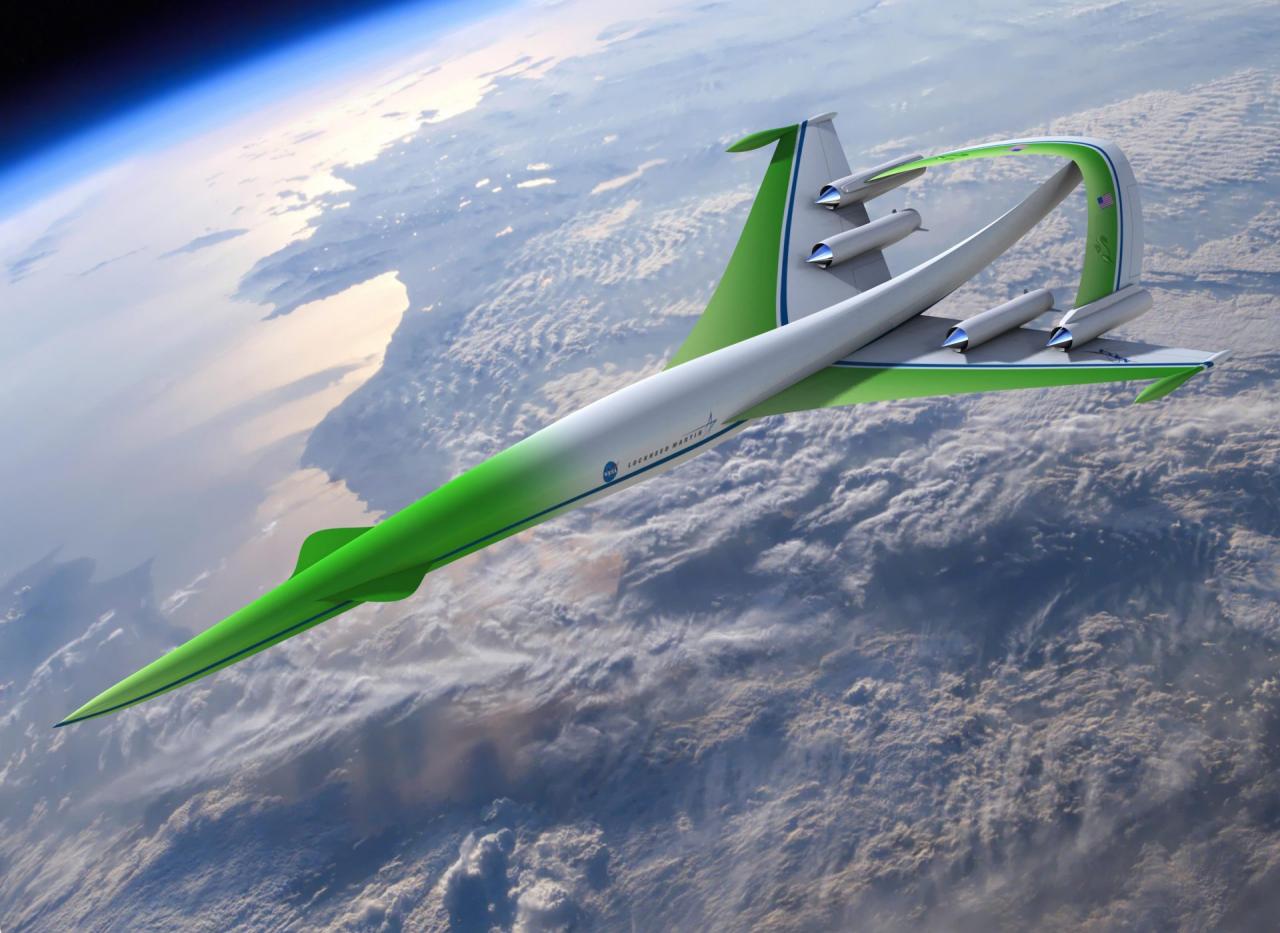
Recognizing the need for a solution, NASA, in collaboration with industry leaders Boeing and Lockheed Martin, is now actively exploring a new generation of supersonic jet designs that aim to eliminate the boom problem. These futuristic concepts have captured the attention of aviation enthusiasts and industry experts alike.
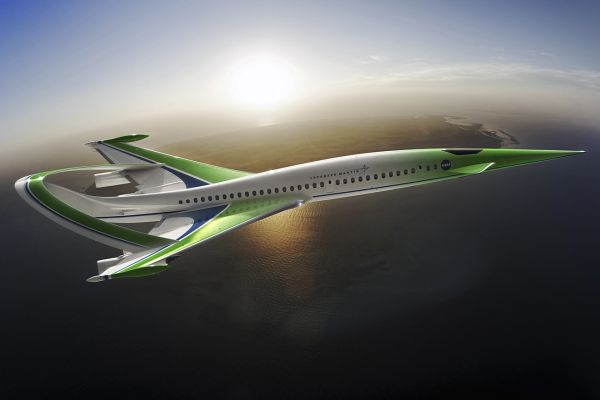
The primary focus of the research is to mitigate the sonic boom produced by supersonic aircraft. Sonic booms occur when an aircraft moves through the air faster than the speed of sound, creating a rapid pressure change that results in a loud noise resembling a thunderclap. This disruptive sound wave can be heard over a large area and has been a major hindrance to the development of commercial supersonic travel.

Boeing and Lockheed Martin have submitted their respective designs to NASA for evaluation. While detailed specifications of these concepts have not been made public, they are said to bear a resemblance to the iconic Concorde in terms of their overall appearance. However, the key differentiating factor lies in the innovative technologies incorporated to reduce the sonic boom.
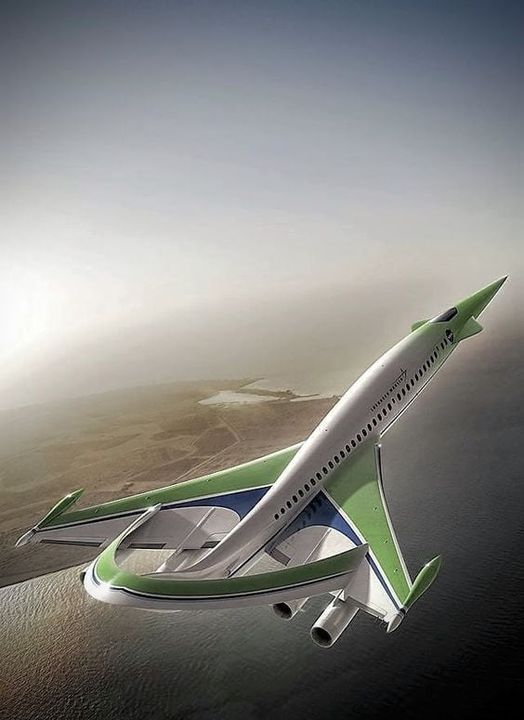
These new supersonic jet designs aim to suppress the sonic boom by adopting various strategies. One approach involves shaping the aircraft in a way that disperses the pressure waves generated by the aircraft’s flight, minimizing the impact on the ground. Another technique being explored is the use of advanced aerodynamics and propulsion systems to decrease the intensity and propagation of the sonic boom.
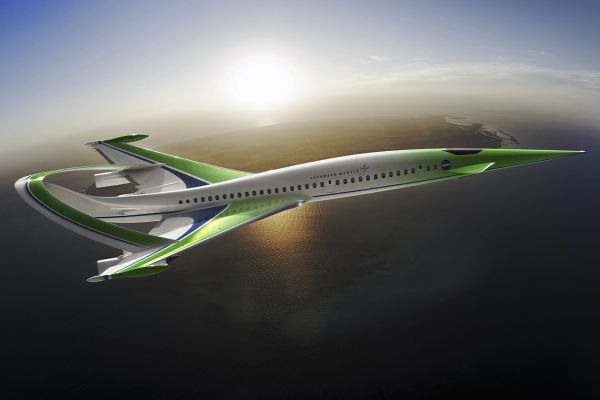
The collaboration between NASA, Boeing, and Lockheed Martin highlights the commitment of both government and industry to address the challenges associated with supersonic flight. NASA’s expertise in aeronautics research, combined with the extensive experience of Boeing and Lockheed Martin, creates a powerful partnership that can propel the development of these next-generation supersonic jets.
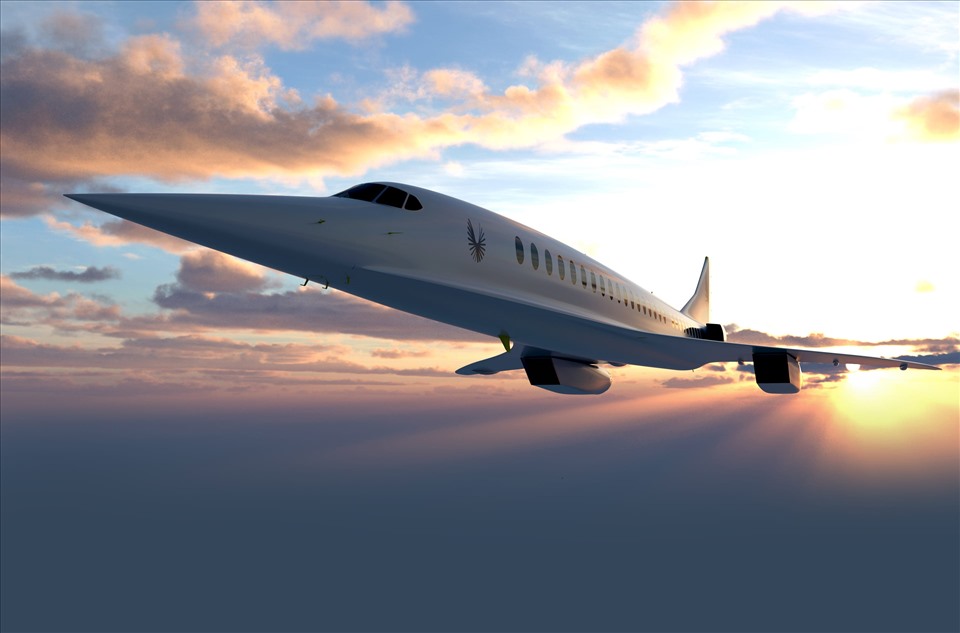
The potential benefits of a new generation of supersonic aircraft are significant. Improved sonic boom suppression would allow supersonic flights over populated areas without causing disturbance to those on the ground. This opens up the possibility of commercial supersonic air travel, which could significantly reduce flight times and revolutionize the way people travel.
While the development and certification of these new supersonic aircraft will undoubtedly pose technical and regulatory challenges, the progress being made is encouraging. The pursuit of quieter and more environmentally friendly supersonic travel aligns with the broader goal of sustainable aviation, where efficiency and minimizing the impact on the environment are paramount.
In conclusion, the evaluation of a new generation of supersonic aircraft designs by NASA, Boeing, and Lockheed Martin represents an exciting step towards the realization of commercial supersonic travel without the disruptive sonic boom. The collaborative efforts and innovative technologies being explored hold the potential to revolutionize air travel and shape the future of aviation.



